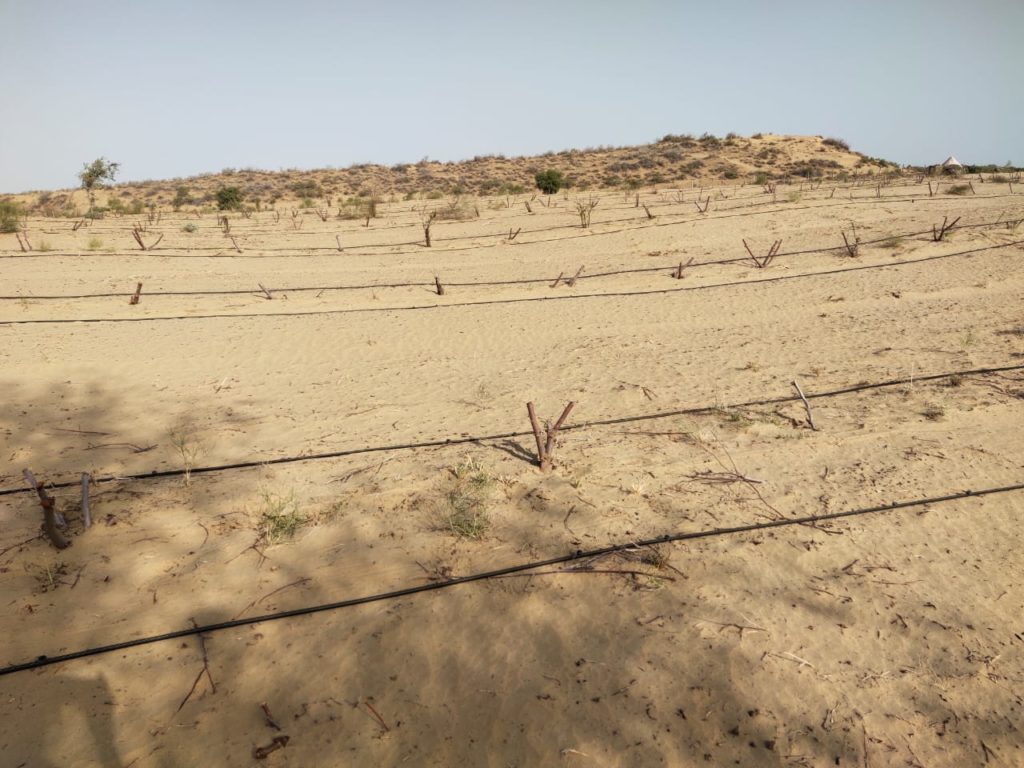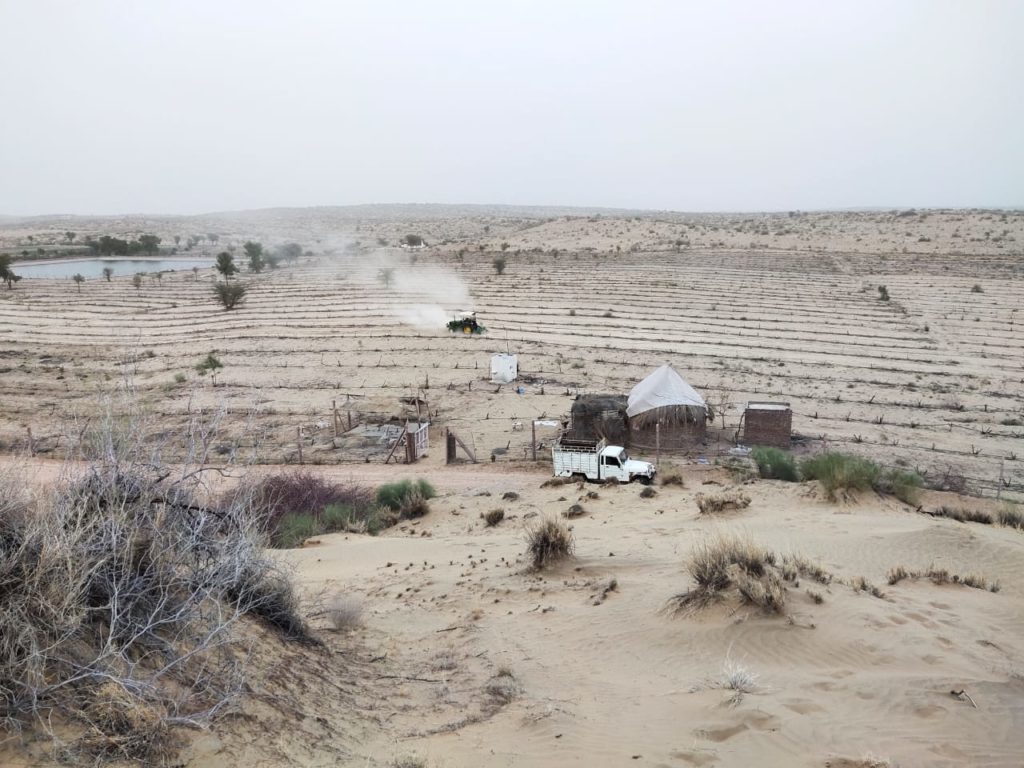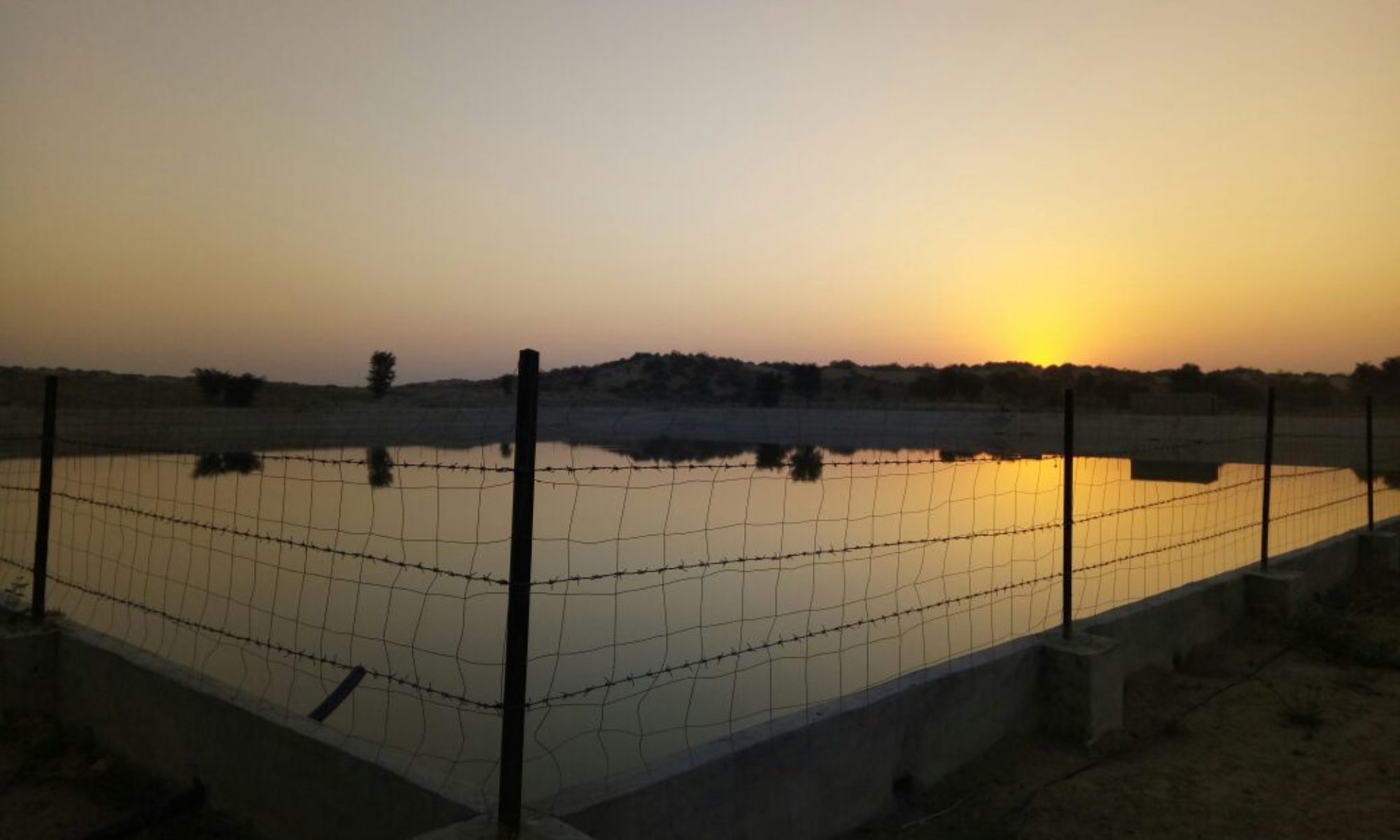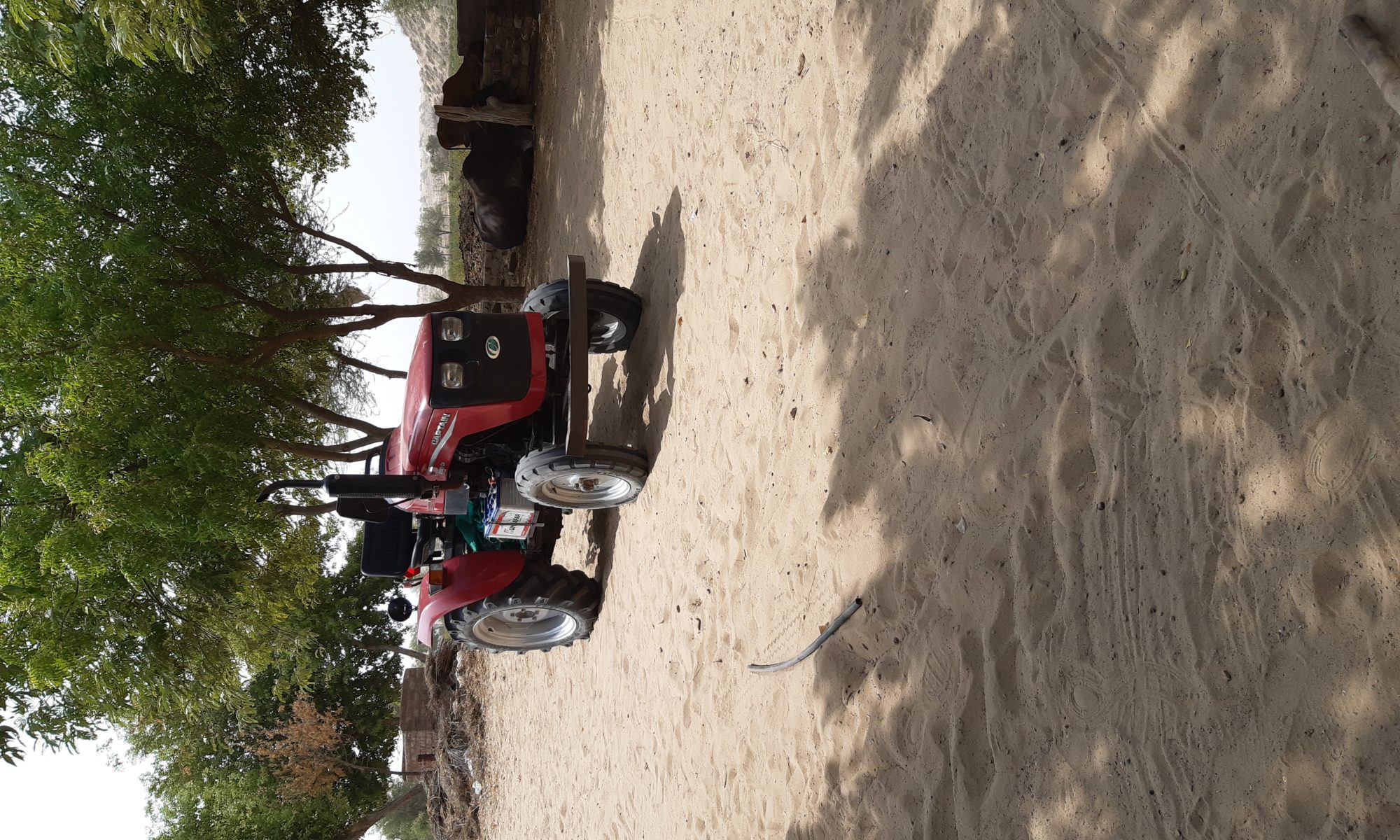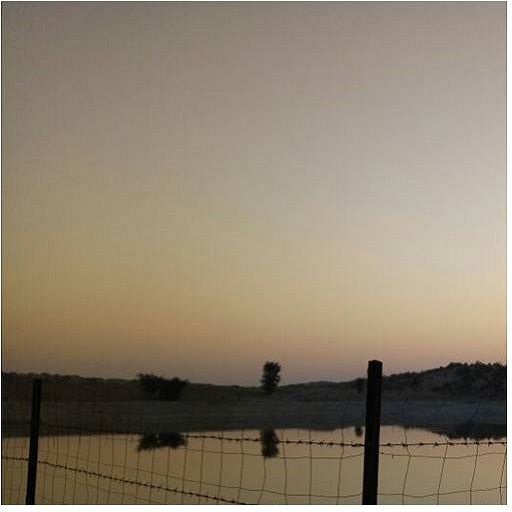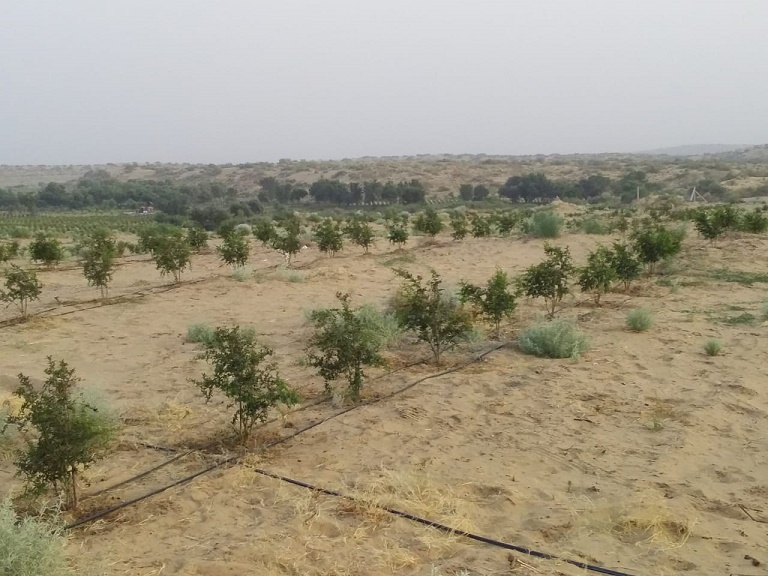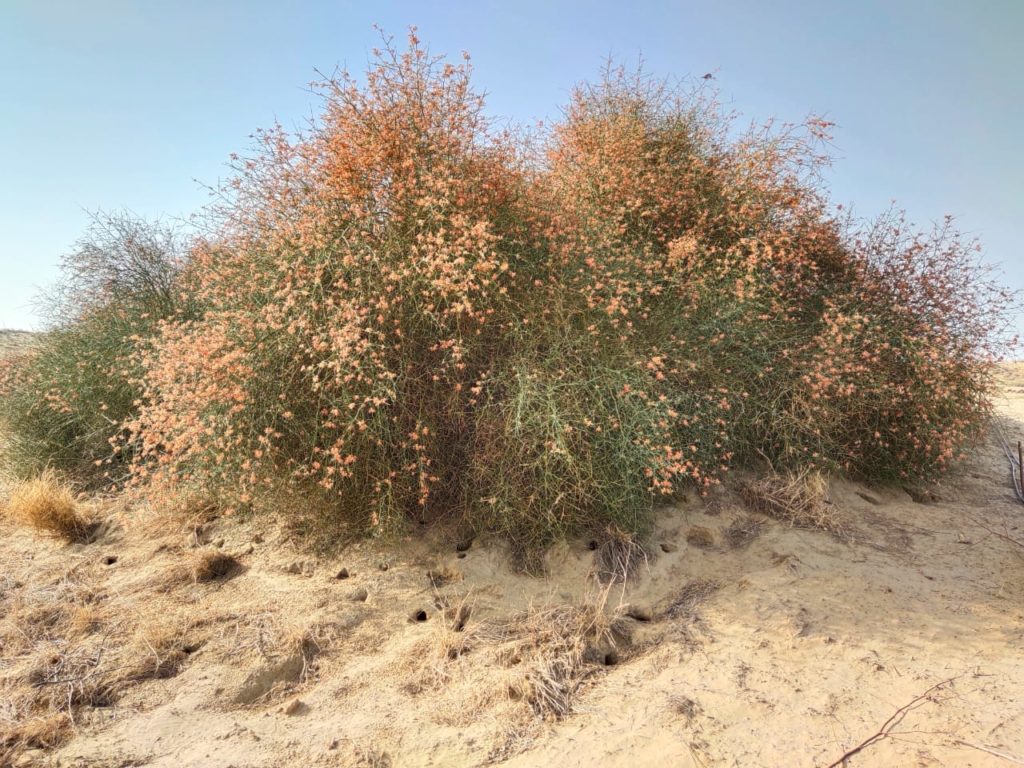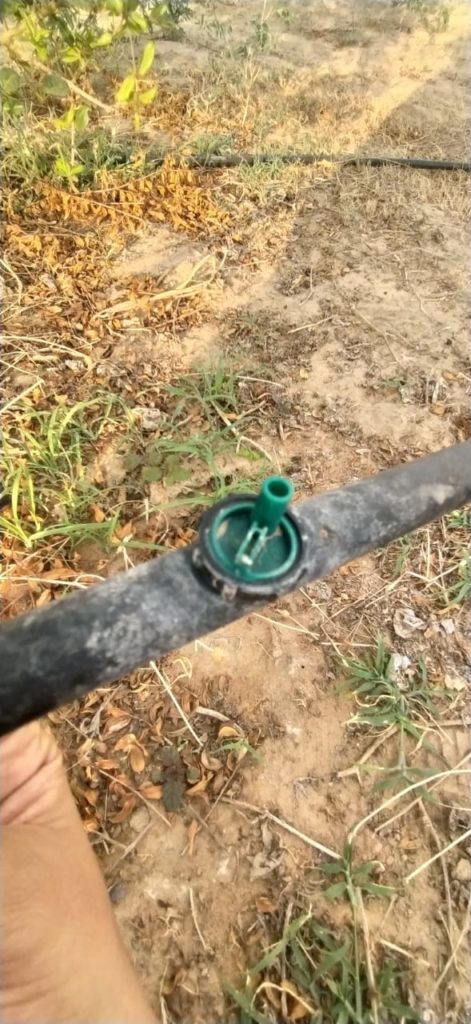
To achieve a good crop of cotton with drip irrigation, you can follow the following steps:
- Site selection: Choose a suitable location for your cotton farm with good soil fertility, proper drainage, and adequate water supply.
- Irrigation system design: Design an efficient drip irrigation system that provides the right amount of water to your cotton plants at regular intervals. You can also use a water management system to monitor soil moisture levels and adjust the water flow accordingly.
- Crop preparation: Prepare the soil by adding organic matter and fertilizers to improve soil fertility and reduce the risk of soil-borne diseases.
- Seed selection: Choose high-quality cotton seeds with a good germination rate and plant them at the right time and depth.
- Irrigation scheduling: Schedule the irrigation based on the crop’s water requirements, soil type, and weather conditions. Ensure that the cotton plants receive a consistent supply of water throughout the growing season.
- Fertigation: Fertigation is the process of applying fertilizers through the irrigation system. Use a balanced fertilizer mix to provide the cotton plants with the right amount of nutrients for optimal growth.
- Pest and disease management: Monitor your cotton crops regularly for any signs of pests and diseases and take appropriate action to control them.
- Harvesting: Harvest your cotton crops when the bolls are fully mature and ready for picking.
By following these steps, you can achieve a good crop of cotton with drip irrigation and improve your yields.
Capt Rajeshwar Singh
